By Blaine Taylor
In mid-October 1806, four days after Napoleon had crushed the Royal Prussian Army at the twin battles of Jena and Auerstädt, a distraught Queen Louise sat down with her two sons at the royal castle in Schwedt. In tears, she advised them, “Prussia is no more. We are overthrown and demolished. Our national glory is departed. Strive to rescue your people from the disgrace of this hour, from the burden of humiliation under which this nation is now groaning. Aspire to re-conquer from the French the glory of your forefathers.”
The two boys were the 11-year-old crown prince, the future King Frederick Wilhelm IV, and his younger brother, Prince Wilhelm, age nine. The latter, in particular, never forgot how the French had devastated their nation by humbling its army, and how Napoleon the following year brought low their father, King Frederick Wilhelm III, at the Treaty of Tilsit. He would keep those memories banked hotly in his mind.
The “Cartridge Prince”
As a boy, the young prince was weak and sickly, but by the time he was seven he was drilling daily under a Prussian Guards sergeant to strengthen his body. He was commissioned a lieutenant in the Guards at the age of 10, like all Hohenzollern princes. Unlike his more volatile, romantic, and intellectual elder brother, Wilhelm was seen by his mother as simple, straightforward, and sensible—attributes that would later endear him to his people. Since his elder brother was already slated to be king, Wilhelm planned his own separate career as a professional soldier. Improbably, he would become both.
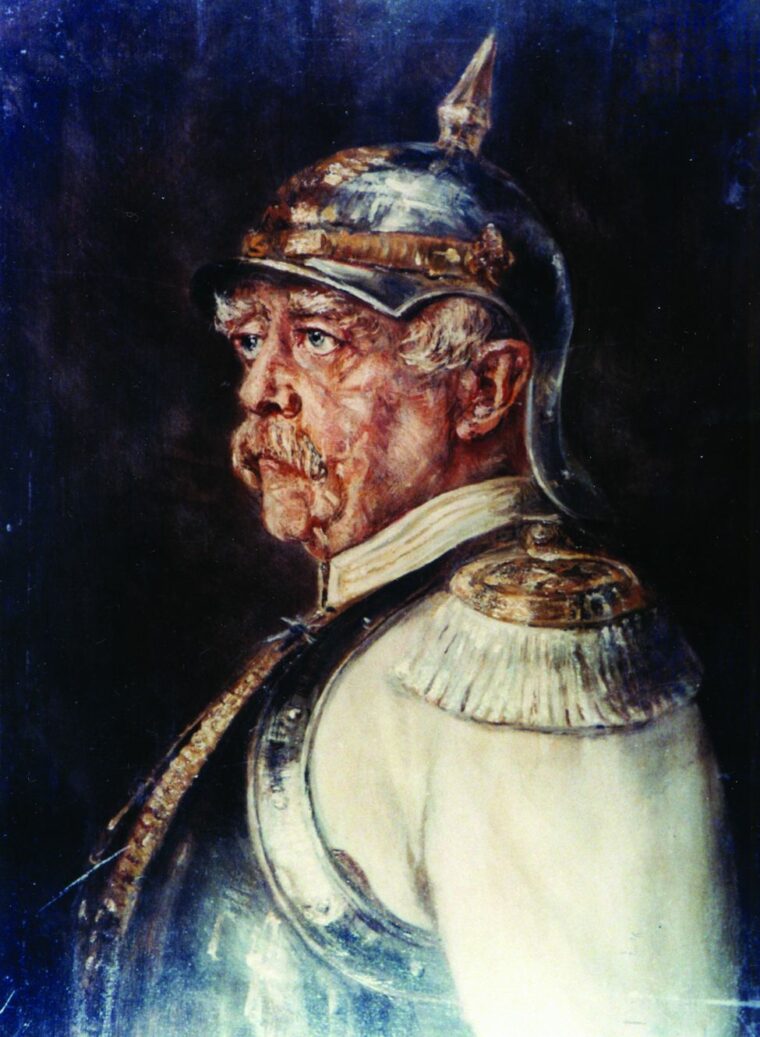
Wilhelm was fascinated with military uniforms and their accoutrements, and he carried that fascination over to his military training. In 1814 the young prince made his first cavalry charge, with Prussia’s Russian allies, at the Battle of Bar-sur-Aube. He took part in the Waterloo campaign of 1815, and he met the famed Duke of Wellington before visiting Paris and London in triumph. Returning home to Berlin as a hero, Wilhelm continued his military training under the reign of his beloved father, who died in 1840, at which time his elder brother ascended the throne.
The new king, Frederick Wilhelm IV, being childless, named his brother prince of Prussia and heir presumptive, a role that Wilhelm (like King George VI in Great Britain) had never expected to have. When revolution swept Europe in 1848, the prince was serving as governor of Pomerania, where he was regarded by the Junker land-owning conservatives as one of their own. Recalled to Berlin by the king, Wilhelm found a mob ready to storm the palace. He immediately ordered out troops, and shots were fired into the mob. Eighteen soldiers and 183 civilians were killed, and Wilhelm was given the epithet Kartatschenprinz, the “Cartridge Prince,” by the bitter citizens.
Wilhelm found himself commanding in a 14-hour-long battle between the people of Berlin on one side and 2,500 soldiers on the other, with cannonballs and grapeshot hurtling into the enraged mob. The prince personally directed an artillery battery in the action. Eventually order was restored after the troops were pulled back and a people’s militia was formed to protect the king and safeguard the revolt. Wilhelm again was blamed for the loss of life and was driven into exile in England. Finally the revolt fizzled out, the king kept his throne after a pledge to accede to the desire for a unified Reich, and the prince was allowed to return home when he too promised to adopt constitutionalism. For a time, there was a demand for Wilhelm to renounce his future claim on the throne, but the sentiment passed.
The Constitutional Crisis
Nine years later, in the late spring of 1857, the king was found to be suffering from nervous exhaustion; the following summer he suffered a stroke. Within months, his doctors diagnosed him with softening of the brain and incurable insanity. Prince Wilhelm became vice regent for a trio of succeeding 90-day terms, and in September 1858 he was made full regent when the mad king signed an act of abdication. When the king died in 1861, his brother became king of Prussia at the age of 64—an age when most people are making plans to retire.
The following year, during a constitutional crisis involving finances for the army, Otto von Bismarck—a land-owning count from the Junker class—became the king’s prime minister, and in effect they would rule Prussia jointly for the next 26 years. Bismarck became known as the “Blood and Iron” chancellor who united Germany and its various principalities around the hard steel core of Prussian militarism.
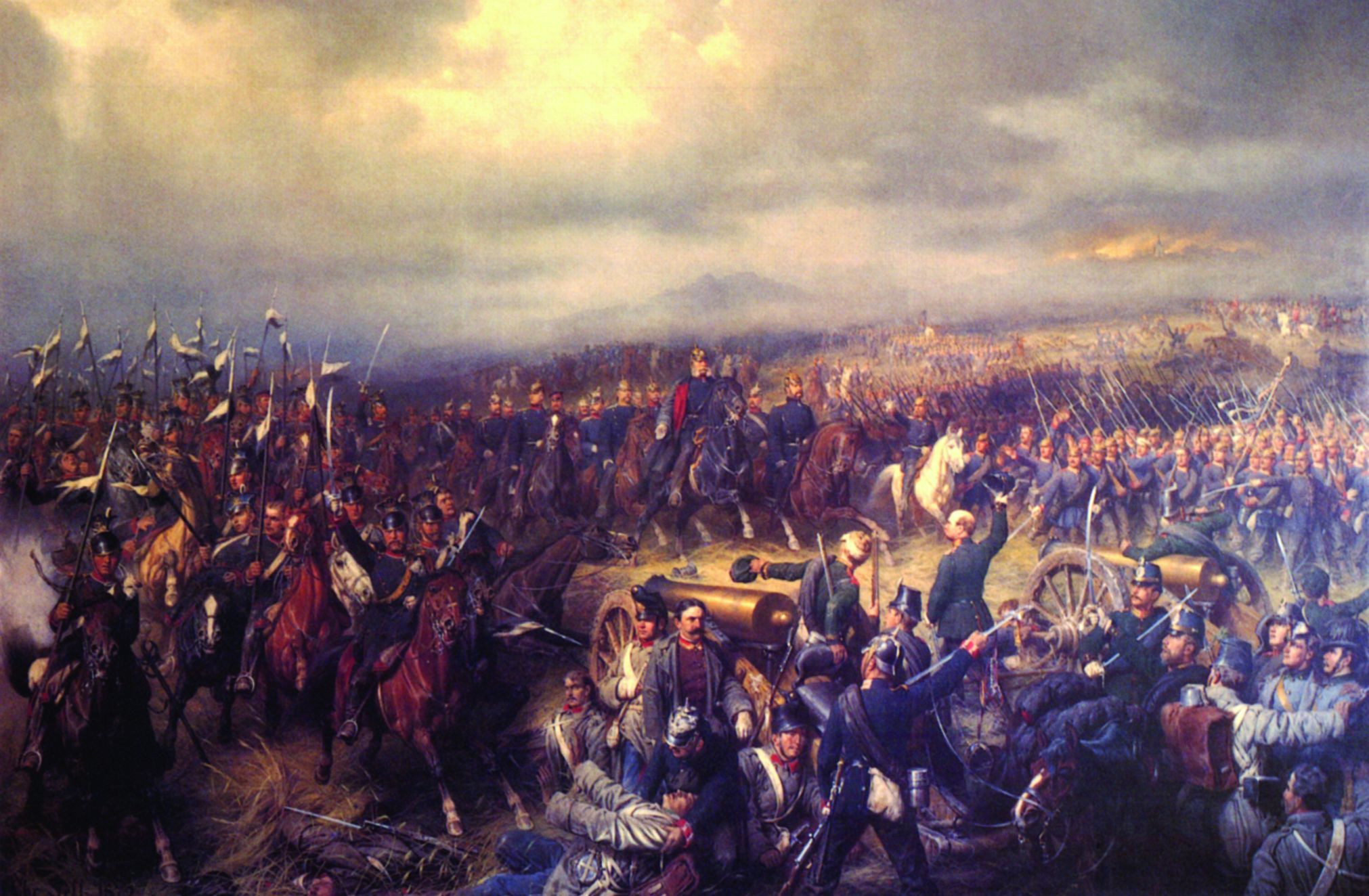
This was accomplished in a series of three wars. The first came in 1864, when the Prussians seized the Danish duchies of Schleswig and Holstein. The king allowed himself to be talked into the war and dispatched General Count (later Field Marshal) Friedrich von Wrangel to lead a joint Austro-Prussian expedition to invade the territories.
Prussian Invasion of Denmark
Wilhelm was anxious that Prussian soldiers prove their mettle in action, while Bismarck wanted a spectacular victory to place Prussia in an unassailable position at the impending conference. The Danes, outnumbered 6-to-1, fought bravely, but were forced to capitulate. An armistice came into force for the duration of the London Conference. Finally, on October 30, in the Treaty of Vienna, the king of Denmark handed over to the Prussians and the Austrians the disputed duchies of Holstein, Schleswig, and Lauenberg.
The first step had been taken on the road to German Empire. Ever since the beginning of German history, the empire of Austria had played a predominant role in the affairs of the splintered German lands. Bismarck saw clearly that this influence must be ended if Prussia were ever to unite Germany around it, but it had to be accomplished in such a way that a non-embittered Austria-Hungary would remain an ally of the new German Reich after the conclusion of a war between the two major German states.
The Seven Weeks’ War
Bismarck’s second diplomatic and military stroke was the Austro-Prussian War of 1866, a war that almost no one in Prussia—including the king—wanted except for the prime minister. Austria’s policy was to uphold the 1815 Congress of Vienna-imposed German Confederation of 39 separate states, while Bismarck wanted a unitary state ruling over the loose-knit confederation that would be bound together at Berlin. In June 1866, Emperor Franz Josef, Prussia’s former ally of several decades, declared war on Prussia, ostensibly for administrative encroachments in Schleswig-Holstein but in reality to counteract Bismarck’s threat of German unification.
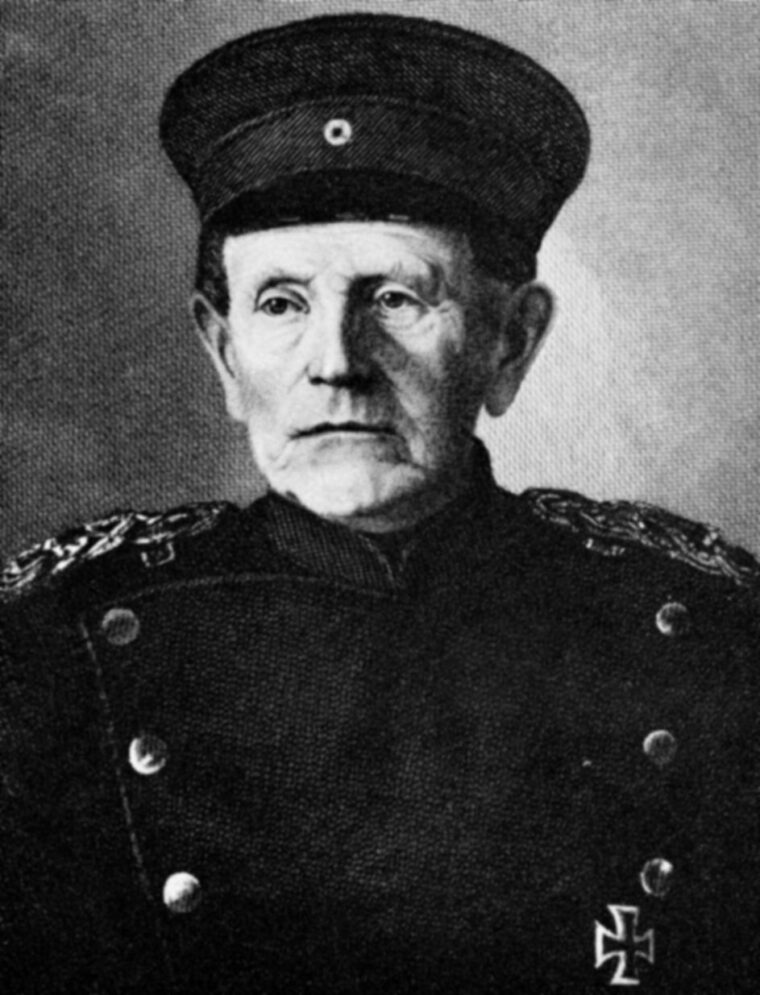
Austria attacked on two fronts, in Bohemia against the Prussians, and in Venetia against their allies the Italians. Overall, the Austrians had an army of 400,000 men to oppose the Prussian force of 300,000, while the Italians had 200,000 troops. Still angered by Frederick the Great’s earlier wars, which had taken Silesia away from Austria, Franz Josef planned to partition Prussia and seize its treasure once the expected victory was obtained. But the Austrian emperor failed to fully understand the reforms that had been made in the Prussian Army by the king, the chancellor, and the chief of the Prussian general staff, General Helmuth von Moltke.
The changes included streamlining the old Prussian Landwehr (militia), tripling the active duty strength of the regular army, establishing permanent army corps to speed up mobilization, and adapting both railways and telegraph lines to military usage, advances gleaned from the just-completed U.S. Civil War. The greatest innovation, however, was von Moltke’s adaptation of the breech-loading needle gun, which could fire six shots to the enemy’s one. The Austrians were still using muzzle-loading weapons to preserve ammunition, and von Moltke used his rapid fire to devastate Austria’s massed columns to good effect at the Battles of Skalice, Jicin, and Koniggratz (Sadowa), all of which were resounding Prussian victories. At Koniggratz alone, the Austrians lost 44,000 men to the Prussians’ 9,000.
Wilhelm was ecstatic, and it was all that Bismarck and the monarch’s son, Crown Prince Frederick Wilhelm, could do to persuade him not to occupy any Austrian territory. Instead, on July 22, 1866, after what was called the Seven Weeks’ War (but really was decided in the opening three), the Austrian emperor acceded to all the Prussian prime minister’s demands. These included the dissolution of the former German Confederation, the Prussian annexation of Hanover, the establishment of a Berlin-run North German Confederation, and the elimination of Austria-Hungary from any future say in German affairs.
Toppling the Bonaparte Dynasty
Now Bismarck was ready for the third of his projected wars, but once again his obstinate sovereign had to be maneuvered into war against his royal cousin, Emperor Napoleon III of France, whom Wilhelm both knew and liked. It came about after the throne of Spain became vacant and a Hohenzollern prince was about to be selected to occupy it. This alarmed France, since Napoleon did not want a Hohenzollern ruler on both his German and Spanish frontiers. The nomination was rescinded, but Wilhelm was offended when he was asked by the French ambassador at Ems never again to allow a Hohenzollern candidate for the post.
Wilhelm refused on the spot, and sent Bismarck a telegram informing him of the action taken. Hoping to instigate a war from the disagreement, the quick-thinking Bismarck edited the telegram and published it in the German press in such a way as to make it appear that the venerable king had been summarily insulted by the haughty French. This became known as the “Ems Dispatch,” and before the damage could be corrected, nationalist war fever broke out on both sides.
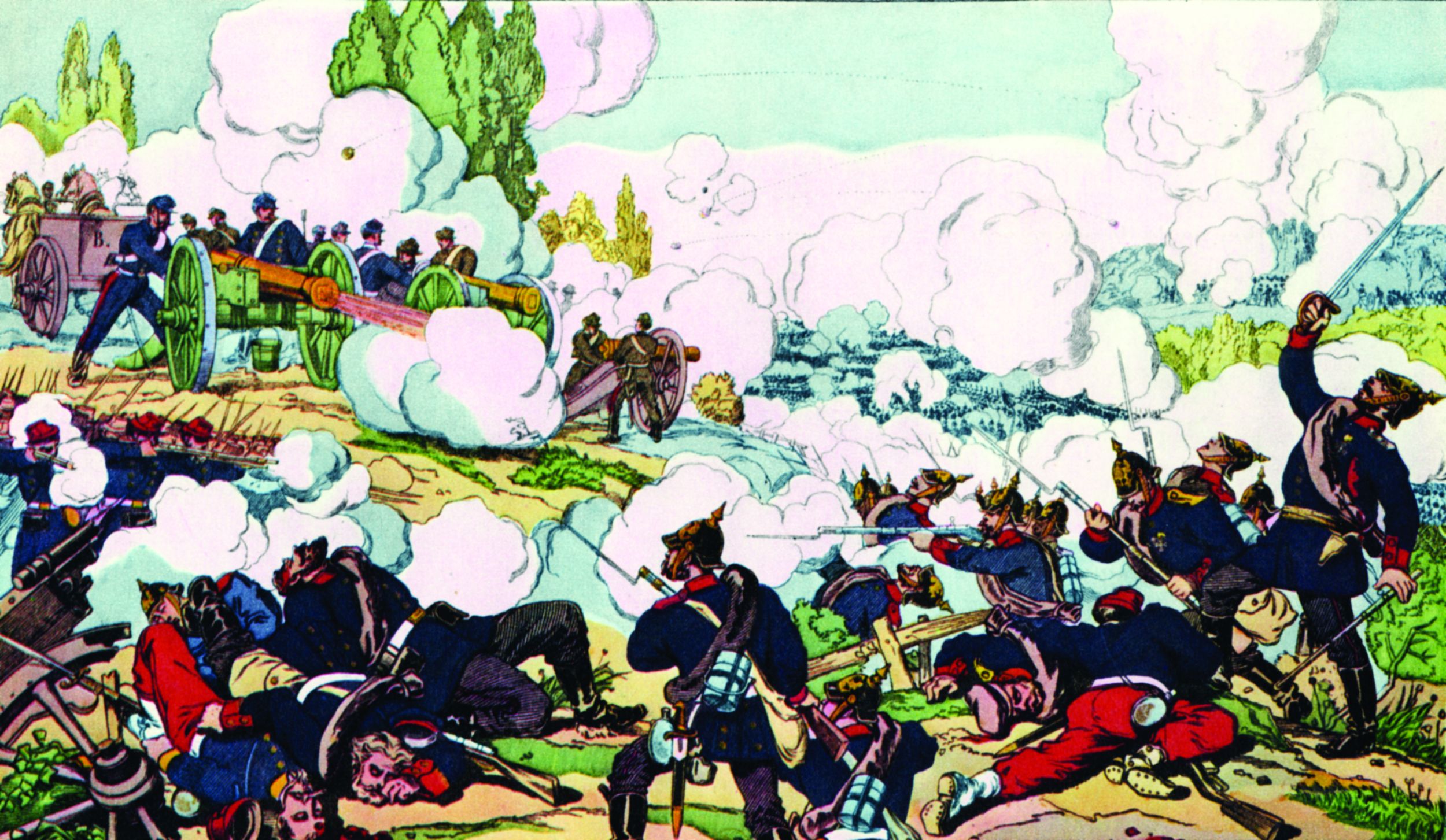
On paper, the French imperial war machine looked formidable, having weathered conflicts in the Crimea, Italy, Mexico, Indochina, and Algeria, but it had also suffered severe losses. The French nevertheless were overconfident and they declared war on Prussia on July 15, 1870, without securing any allies. Meanwhile, Prussia marched off to hostilities with the North German Confederation as well as the kingdom of Bavaria in southern Germany. The war was basically won within the first 30 days, with overwhelming Prussian victories at Metz and Sedan. King Wilhelm, already a field marshal himself, awarded his son and his cousin, Prussian Prince Frederick Karl, marshal’s batons as well.
Napoleon III became a prisoner of war at Sedan, and a revolution began at home in Paris that overthrew the Bonaparte dynasty for a third time. A revolt broke out in the city between local communists and the French Army, while the German armies looked on dispassionately during the protracted peace negotiations. It was a scene all too familiar to the Cartridge Prince of 1848.
A new debate arose: to bombard Paris or not? The king opted for bombardment, believing that it would hasten a French surrender. It began on January 5, 1871, but it proved to be ineffectual, inducing the French to attack again, but ultimately to no avail. An armistice was signed, and for the third time in the king’s life a French empire had fallen. On January 18, in the Hall of Mirrors at the Sun King’s Palace of Versailles, the assembled German princes proclaimed a new German empire, with Wilhelm himself named as German emperor. Stepping down from the raised dais amidst cheers ringing in his ears, the new emperor refused to shake Bismarck’s hand, and would not speak to him for several more days, because he had remained king of Prussia instead of becoming king of all Germany.
Wilhelm I’s Legacy
Eventually, both his son and grandson warmed to the title, and the new Imperial Germany quickly became the preeminent land power on the European continent. World War I erupted after Wilhelm’s successor and namesake, Kaiser Wilhelm II, had overindulged in bombastic speechmaking and built a high-seas fleet that threatened the naval supremacy of Great Britain. Ironically, Bismarck had achieved the Austrian alliance he wanted, but in the end it would drag his new Germany into World War I and destroy the very Second Reich he had created. His old master’s grandson would fire him from his post in 1890.
The year 1888 became known in Germany as the “Year of the Three Kaisers,” because the old Kaiser died in March, followed by his son in June of throat cancer, with both being succeeded by the “last” kaiser, Wilhelm II. By then, the aged kaiser had kept his long-standing pledge to his mother, Queen Louise, by capturing the French eagle standards and tossing them in a heap at the foot of a statue of his late father, King Frederick Wilhelm III. Revenge, as they say, is a dish best served cold.
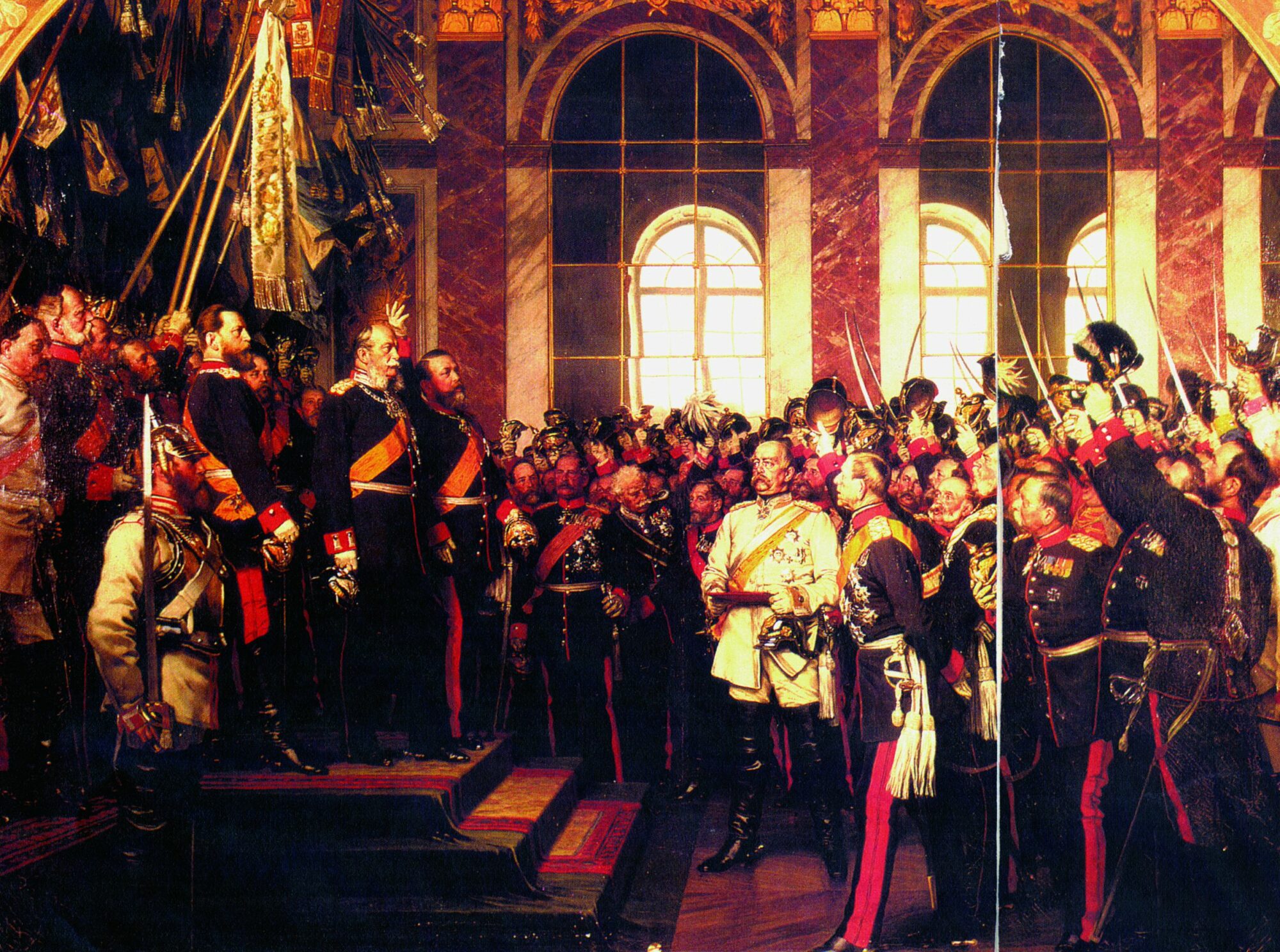
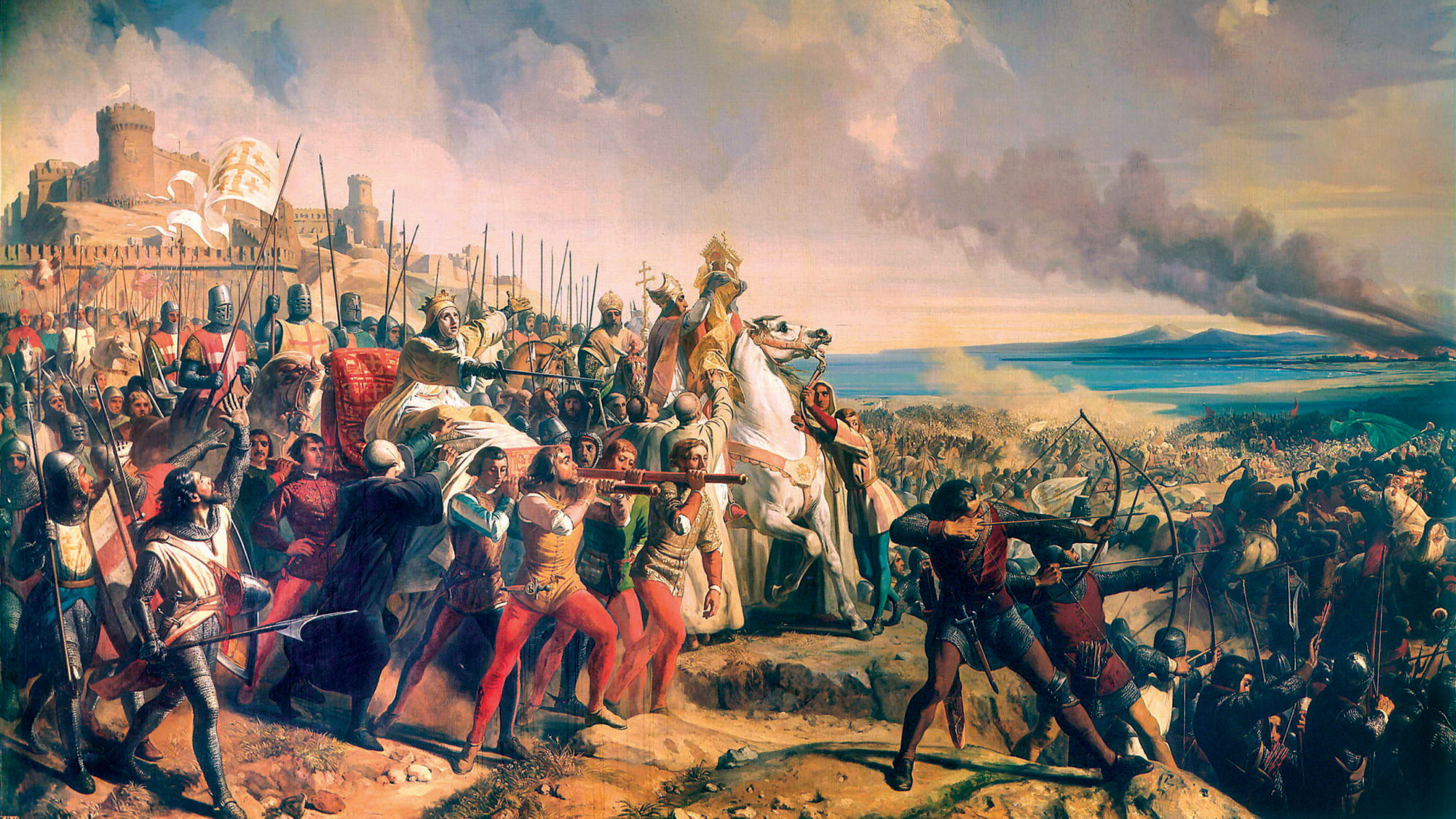
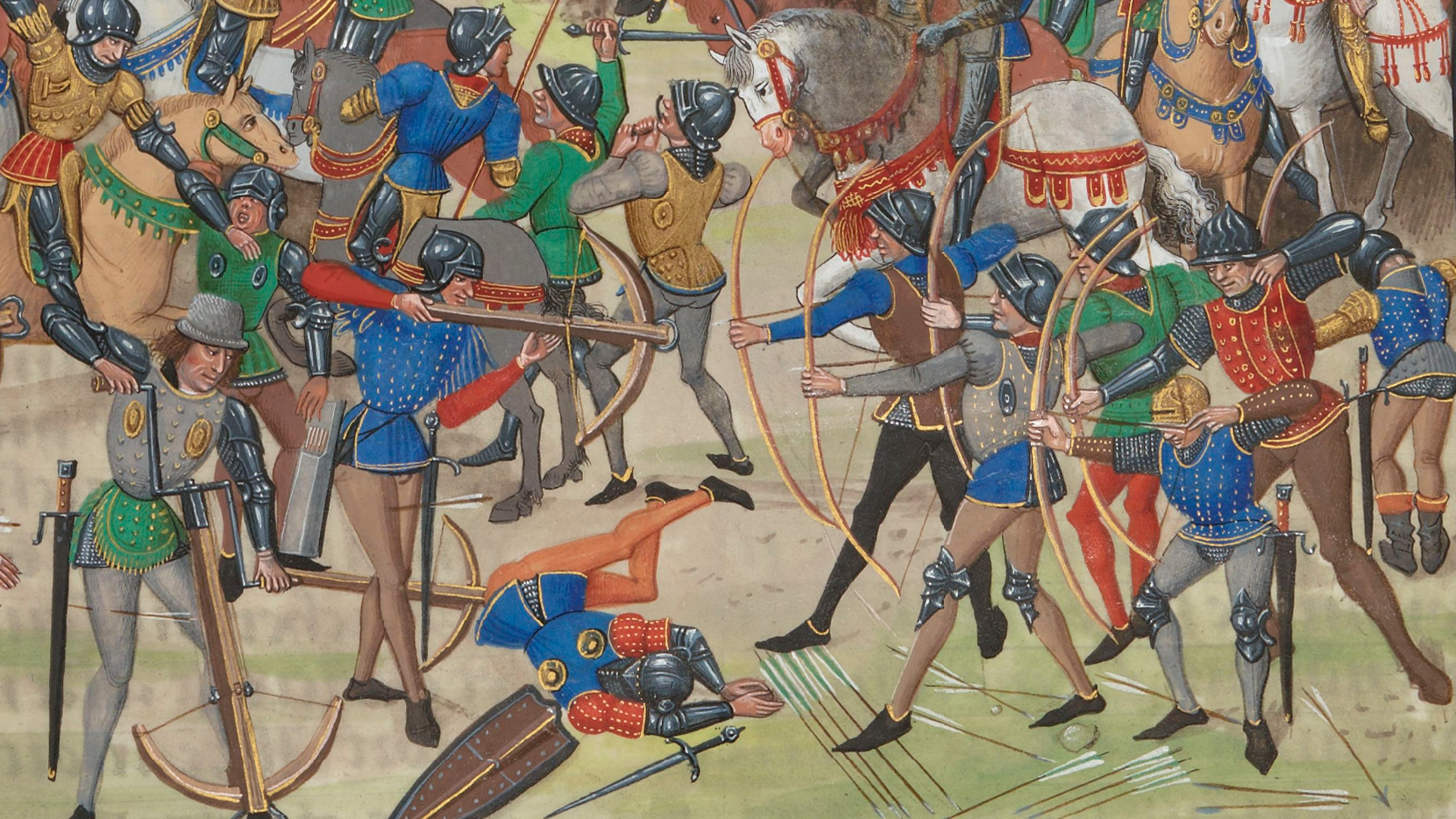
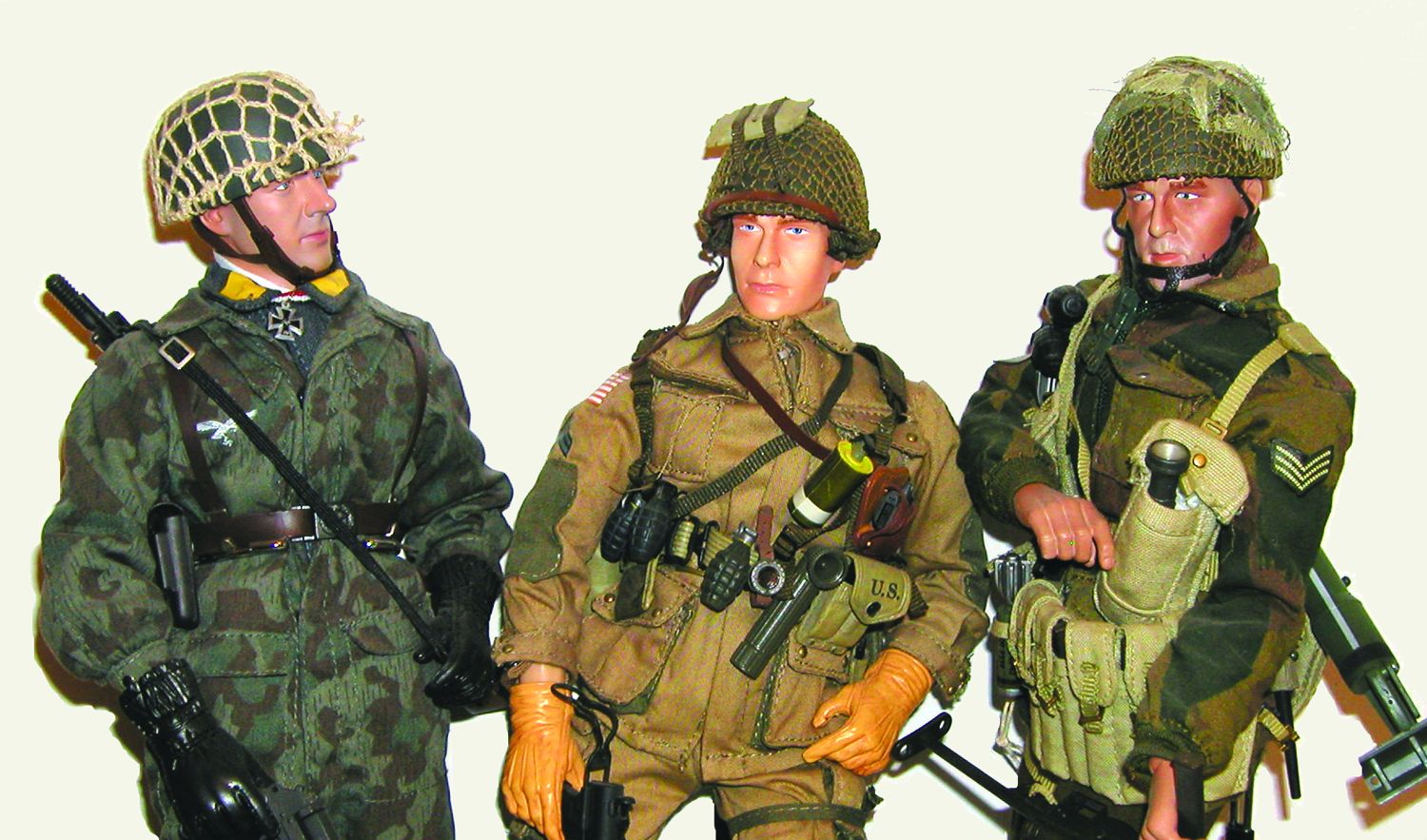
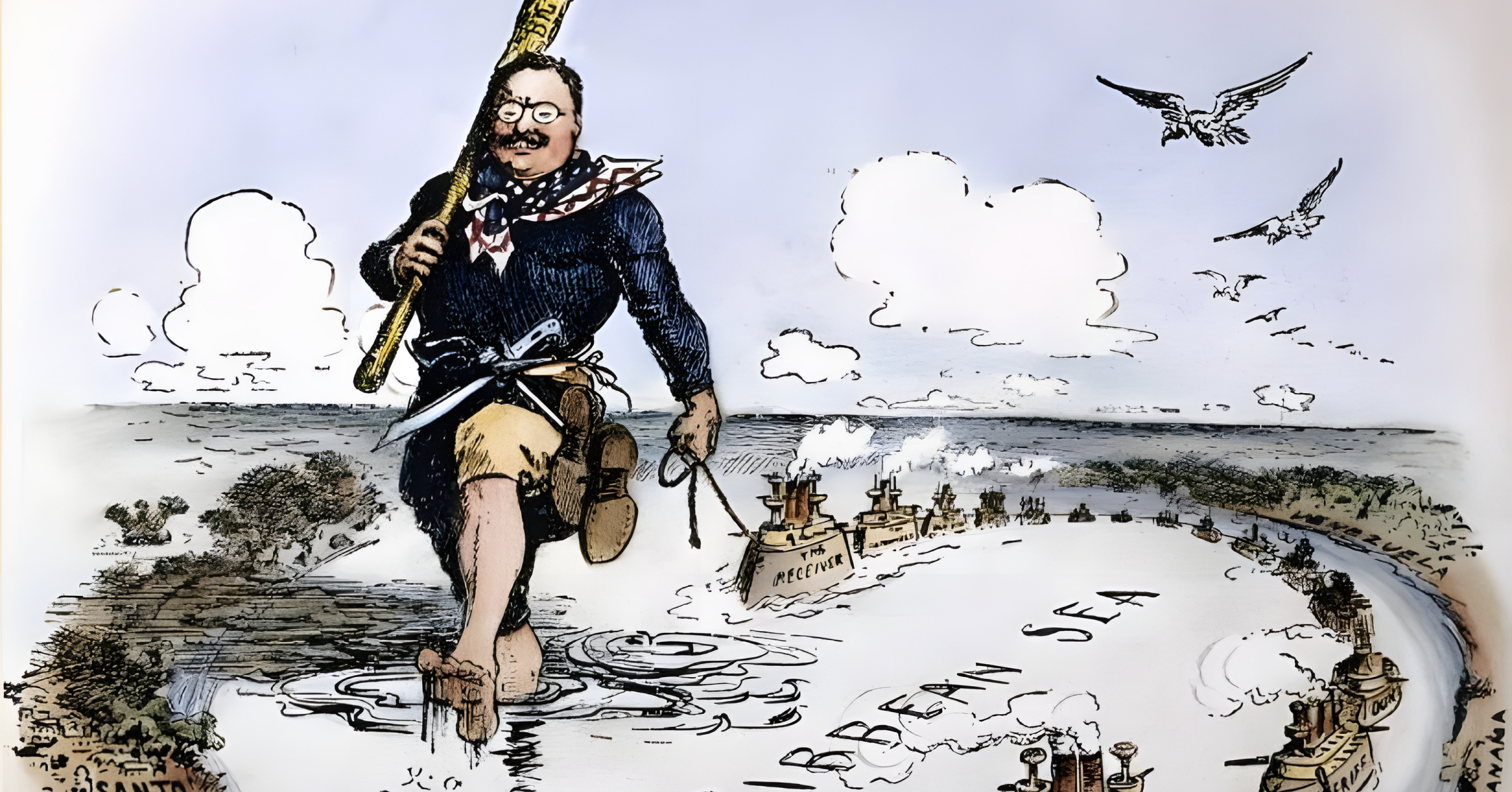
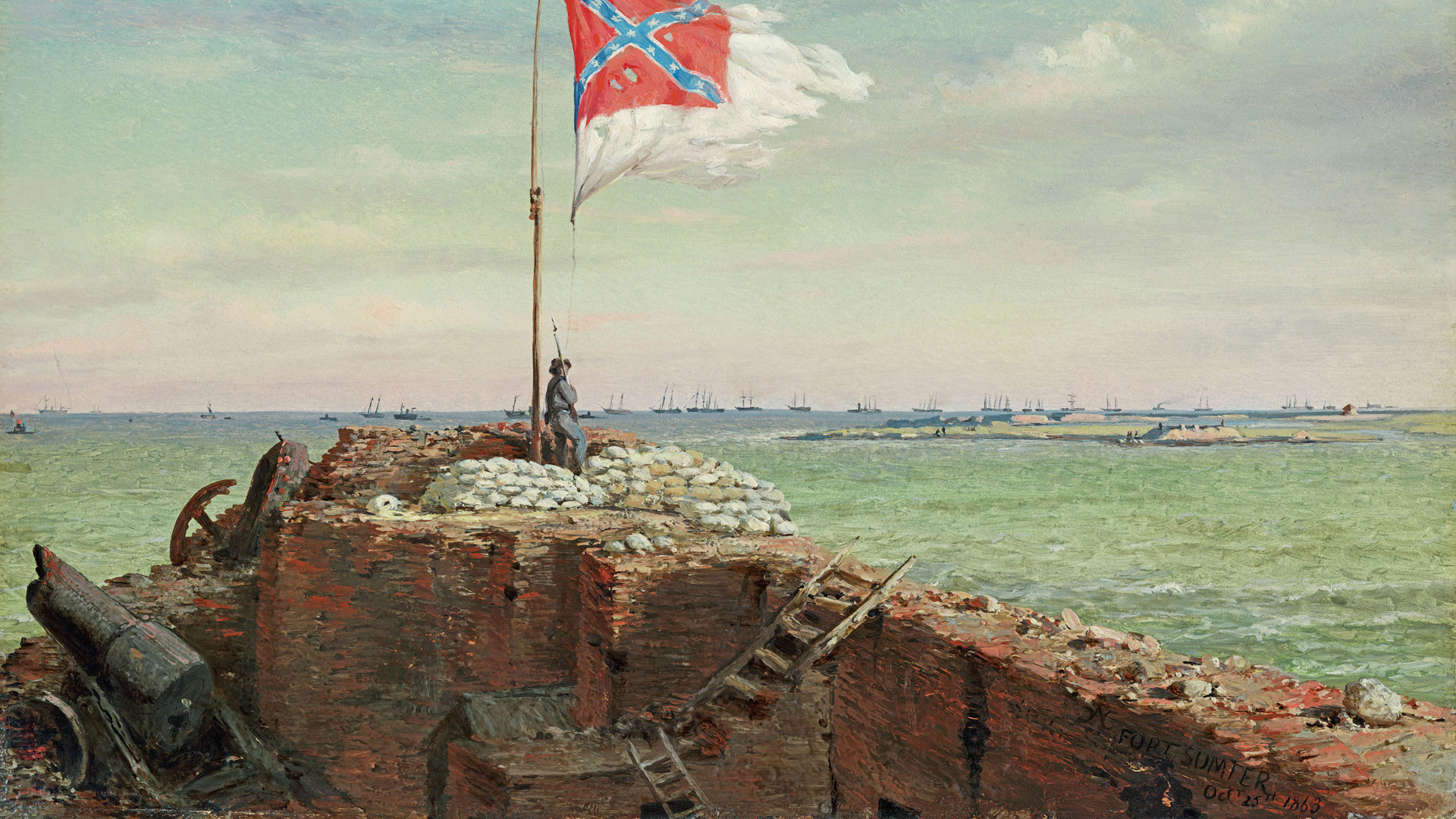

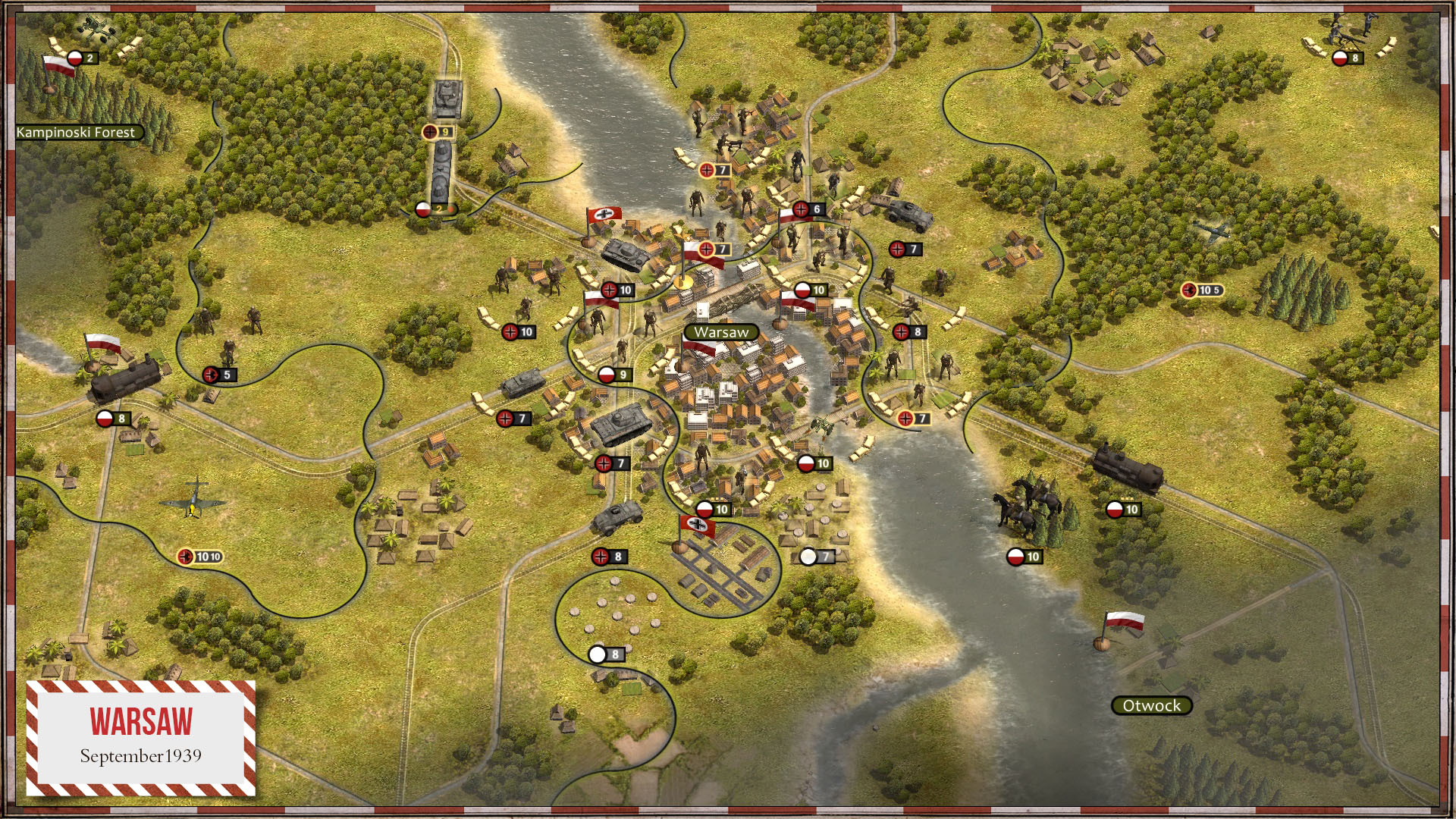
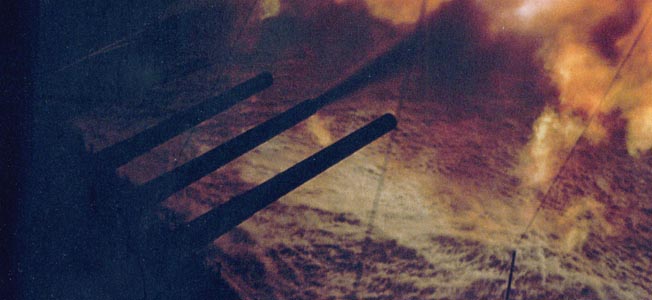
The Paris Commune happened AFTER the siege of Paris. The 2nd Empire was defeated soon after the start of the war. The 3rd Republic deposed the Empire and carried on hostilities against the Prussians for another 5 months. The story above has the Commune before the siege and doesn’t mention the war of the Republic.